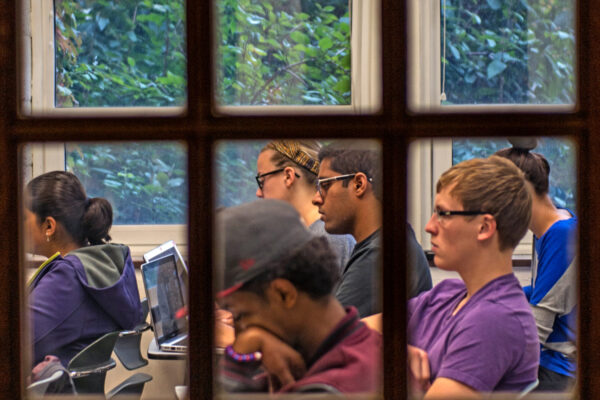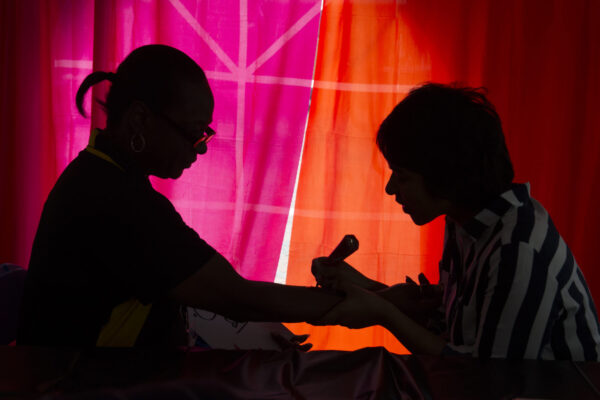A Global Conversation on Student Success
By Heather Ward
Leaders of higher education institutions and associations in Canada, Mexico, the United Kingdom and the United States shared notes on plans to increase postsecondary education attainment at an ACE2017 panel session Monday, March 13, sponsored by Lumina Foundation.
Fernando León García, rector of CETYS Universidad in Mexico, former ACE Fellow and a member of ACE’s Commission on Internationalization and Global Engagement, said he welcomed ACE’s increasing focus on the global engagement of higher education systems, which share many challenges. Courtney Brown, vice president of strategic impact at Lumina, said the foundation sees value in the international exchange of policy and practice, noting that “if the United States had all the answers, our attainment rate would be a lot higher.”
While attainment rates vary across the four countries, all have established concrete targets for delivering a postsecondary credential to more students. Lumina’s Goal 2025, for example, aims to increase U.S. attainment from 46 to 60 percent. The Province of Ontario has set a goal of 70 percent, well above Canada’s national average of 55 percent.
Just how to achieve the increase, however, depends in large part on which students fail to complete. With a growing proportion of adult, part-time, working, incarcerated, immigrant and parenting U.S. students, Brown noted, it’s time to “change the conversation about who our students are.” Panelists agreed that across the four countries, there are vexing disparities in attainment rates according to race and ethnicity. For Paul Davidson, president of Universities Canada, indigenous Canadians are the top priority.
“The public education system,” he said, “is a tremendous gift for engaging and strengthening our pluralist values.”
Simon Payne, pro vice chancellor of Plymouth University, observed that the drive for greater attainment in the UK can lead policymakers to focus more on technical education, and less on higher education. By studying the lowest-performing groups, the UK has developed a set of national policy frameworks to strengthen areas that contribute most to student retention, degree quality and employment.
Panelists shared examples of successful interventions—from emergency funds for unexpected family expenses to software programs matching students with workforce needs—and agreed that moving promising local innovations from pilot to full scale is daunting.
“Universities have a tough job ahead,” said León García, “but we have to rise to the challenge.”
Brad Farnsworth, ACE’s vice president for internationalization and global engagement, who chaired the session, said that ACE is committed to continuing a global dialogue for the exchange of innovative policy and practice that leads to better outcomes for students.
“We live in a global economy,” said Brown, “and we can no longer work in our country silos on this.”
If you have any questions or comments about this blog post, please contact us.


